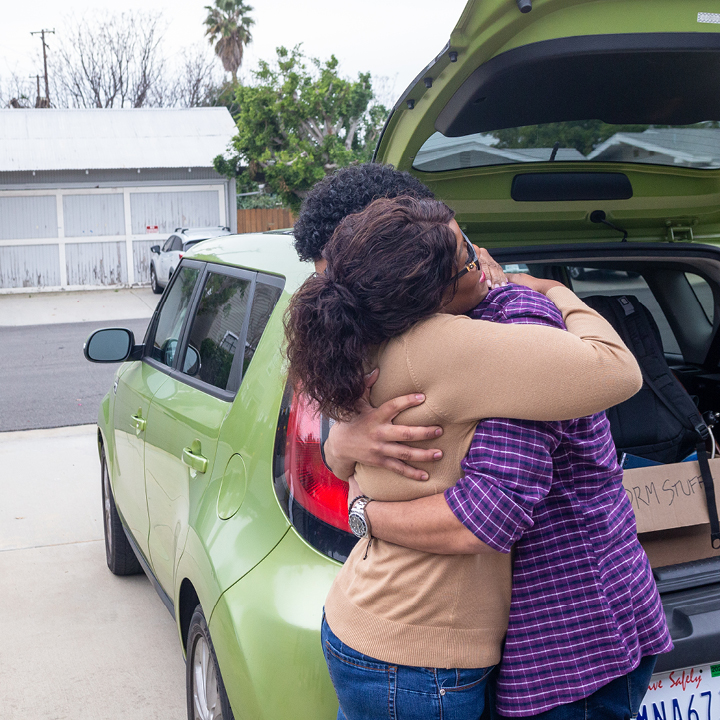- Insurance Guide
- Life Insurance
- Death Benefits and Life Insurance
Understanding death benefits and life insurance

What is the death benefit of a life insurance policy?
The death benefit is the payout your beneficiaries receive at your death if your policy is still in force. (We’ll address why it might not be in force later.) Many people think of it as what the policy is “worth.” Your insurance plan will clearly state the amount of money your family can expect to receive. However, in some cases, there are factors that may affect the exact amount of the life insurance payout.
Determining the size of the death benefit you choose for your own life insurance involves deciding how much you’d like to leave loved ones and how much you can afford to spend per month for the policy. A young adult with no family to support might choose a plan with only a small death benefit—enough to pay outstanding debts and perhaps leave a small amount of money to someone. On the other hand, a mother with children might choose an insurance plan with a larger payout if she wants to leave behind enough money to help provide for the care of her children and help with their college education.
Different types of death benefits
Regardless of the size of the payout, there are basically two types of death benefits: a level death benefit and an increasing death benefit.
A level death benefit remains the same no matter how long the policy is in force. Suppose you chose a $25,000 insurance plan. The payout would remain the same whether you died after having the policy for a few years or many years, assuming, of course, that the policy is still in force and you have been making payments on time. An increasing death benefit can grow over time. But this typically means that the cost of your insurance plan may also rise.
Younger people may choose an increasing death benefit so that their policy can begin small (and affordable to them) and then grow with their families, responsibilities, and income over time. On the other hand, people who want insurance costs to be steady into the future—for example, someone nearing retirement—may be more inclined to choose a level death benefit.
How much should a death benefit be?
Of course, it would be ideal to have a life insurance policy with a death benefit that can provide for all your family’s needs today and for many years to come. However, many of us have a limited amount we can afford to spend on life insurance, and may have to choose a more modest-sized death benefit.
If you can’t afford a huge death benefit, don’t allow that to stop you from buying life insurance. Any funds that you can leave for your family may be helpful. The cost of final expenses (funerals, etc.) alone is greater than many families can afford. So, even if you leave only enough money to pay for a funeral and a few bills, that money can make a big difference to those you leave behind.
How can I claim a death benefit, and how is it paid?
To receive a payout from someone’s life insurance, you need to be a beneficiary of that policy. Typically, you have to file a death claim with the insurer. Contact the insurance company to find out what forms you need to fill out.
The insurance company may allow you to choose how to receive the payout. For example, you may be able to receive the death benefit as a lump sum. Since most people don’t have to pay income tax on life insurance payouts, getting all the money at once is often the preferred choice. Some policies let you receive the money in smaller amounts, by the year or by the month. If how the money is paid out is important to you, be sure to check with your insurance company.
Will my family really receive my death benefit?
Some people are concerned that their beneficiaries might not get the death benefit. However, the vast majority of insurance company life insurance claims are paid. If they’re not, it is usually because: A) the policyholder failed to make the required premium payments, so the policy wasn’t up to date or had expired; B) the policy was “term” life insurance and the insured person lived longer than the term covered; C) the deceased didn’t tell the insurance company about a health or lifestyle issue that affected the policy; or D) The cause of death violated the terms of the policy—which is sometimes the case if the death was the result of a suicide or occurred in the commission of a crime.
If the policy is a “whole life” policy, there are two other factors that can affect how much money the beneficiary receives. Many whole life policies build “cash value,” so it may turn out that the beneficiary receives more than the face value of the death benefit. On the other hand, if whole life policyholders withdraw money from the policy and don’t pay it back, that amount will be deducted from the death benefit.
Can my family get my death benefit before I die?
Generally, a life insurance plan’s death benefit will only be paid following a death. However, some policies may allow the insured person to draw from the death benefit while they’re still alive if the person covered is dealing with a terminal illness or a catastrophic accident that requires expensive care. Here again, check with your insurance provider if this is important to you.
The death benefit is what life insurance is all about
The death benefit of your life insurance policy gives you a chance to make one final gift to your loved ones. Help make sure they get your gift by answering application questions honestly, by choosing a benefit amount that you can afford, by paying your premiums on time, and by making sure your beneficiaries know where to find your policy information if they need it.



